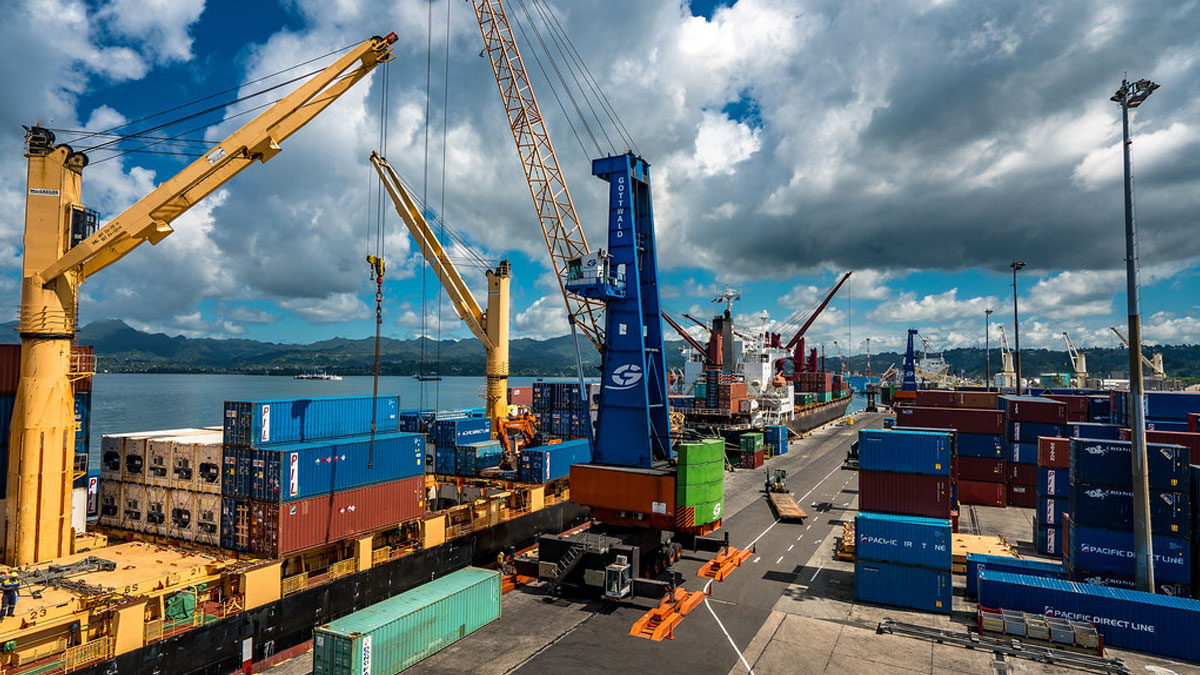
Economic activity domestically has been healthy despite persistent headwinds, mainly due to a thriving tourism sector, strong remittances and resilient domestic demand where visitor arrivals continued to grow despite the high room rates, with 846,920 tourists arriving into the country until last month.
This has been highlighted by the Reserve Bank of Fiji’s December economic review where they say visitor arrival was 51.0 percent and 3.2 percent higher compared to period in 2022 and 2019, respectively.
They say tourism, remittances and domestic demand have offset the drag from slower economic growth in the economies of major trading partners, elevated price pressures and softer performance in the primary and natural resource sectors.
RBF says major sectoral production remained broadly weak due to industry-specific issues where cane (-4.0%) and sugar production (-9.9%) recorded annual contractions as of 20th November, underpinned by cane supply disruptions and operational challenges.
In the forestry sector, pine wood (-33.1%), sawn timber (-24.0%), and woodchip (-26.7%), also contracted in the year to November while gold production (-13.4%) dropped over the same period.
Positive flow-on-effects from increased tourism activity, rising income and higher remittance inflows which grew by 21.7 percent until November has continued to drive consumption activity.
Partial indicators for consumption activity, such as net Value Added Tax collections (28.1 percent) and commercial banks’ new lending for consumption purposes (14.4 percent), recorded annual increases in the year to November.
RBF says partial indicators for investment activity have shown signs of recovery but at a gradual pace.
They say commercial banks’ new lending for investment purposes rose annually by 29.6 percent cumulative to November, driven mainly by higher lending to the private individuals, building & construction, and real estate categories.
Leading indicators for construction activity, such as the number of building permits issued, also improved by 17.1 percent cumulative to the third quarter; however, cement sales recorded an annual decline of 4.9 percent cumulative to November.
They say labour market conditions remain tight as demand for labour continues to rise reflecting growth in economic activity coupled with increased worker emigration.
The higher labour demand is reflected in the 30.3 percent rise in the number of job vacancies in the year to October, with higher recruitment intentions noted in tourism-related sectors. Formal employment numbers and wages paid by employers also increased annually up to October.
RBF says the financial sector continued to support domestic economic activity, as indicated by the expansion in broad money supply in the economy rose by 8.6 percent in November.
They say this can be attributed to the increase by 7.2 percent in domestic credit activity, particularly lending to the private sector, which rose by 6.1 percent supported by higher lending to both business entities and private individuals.
Liquidity in the banking system is adequate and stands at around $2.1 billion as at 27 December, which has helped to keep interest rates at near historical lows.
Stay tuned for the latest news on our radio stations

